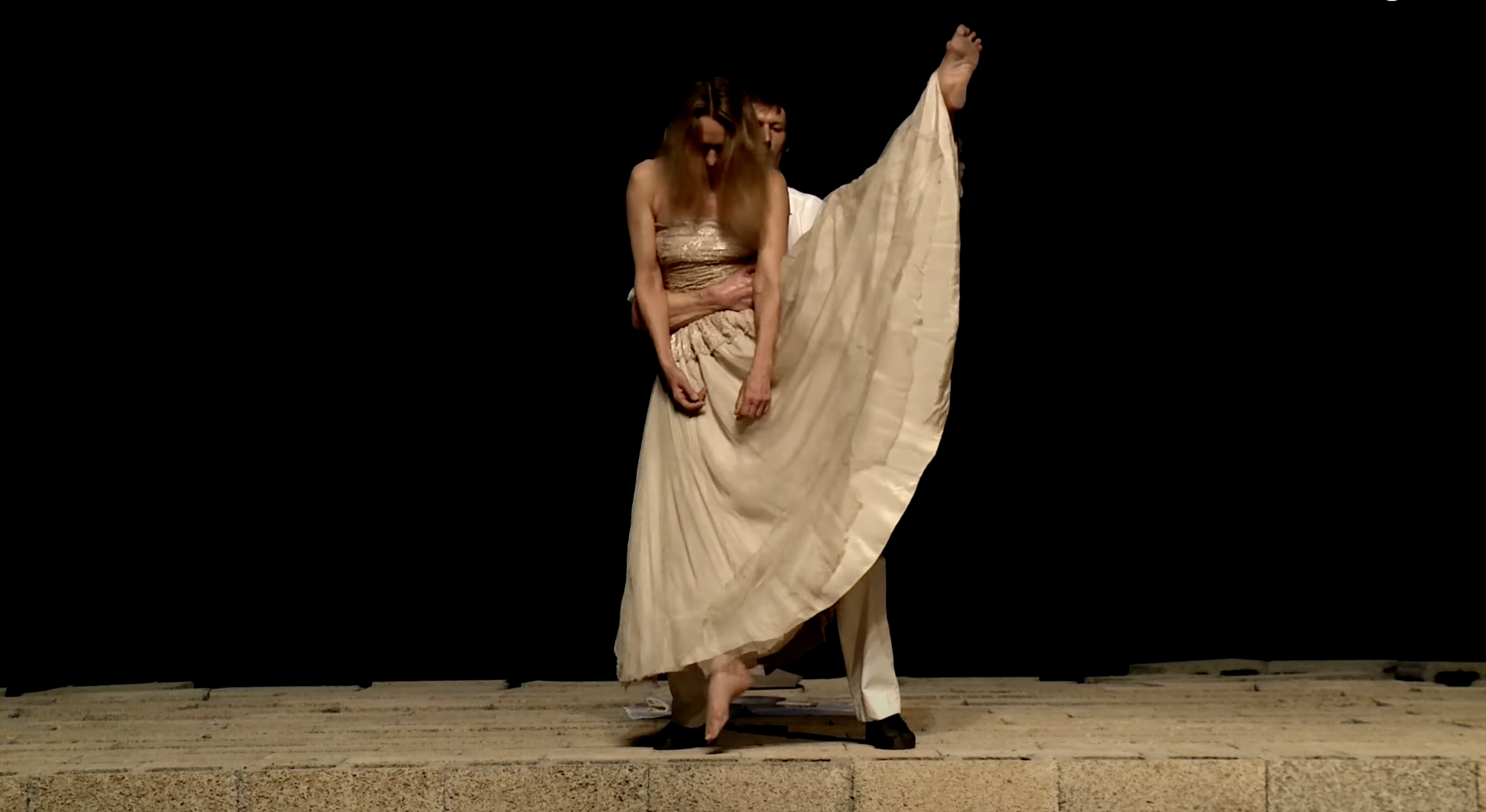Teach This Poem, though developed with a classroom in mind, can be easily adapted for remote learning, hybrid learning models, or in-person classes. Please see our suggestions for how to adapt this lesson for remote or blended learning. We have also noted suggestions when applicable and will continue to add to these suggestions online.

Watch the trailer for Pina Bausch’s dance performance, “Palermo, Palermo.”
The following activities and questions are designed to help your students use their noticing skills to move through the poem and develop their thinking skills so they understand its meaning with confidence, using what they’ve noticed as evidence for their interpretations. Read more about the framework upon which these activities are based.
-
Warm-up: (Teachers, before class, ask students to submit a school-appropriate song that is meaningful to them. If you have the time, create a playlist with these songs.) Free-write/draw: What does movement mean to you? Share your drawing or writing with a partner. (While students are working, play music from your class playlist.)
-
Before Reading the Poem: Watch the trailer for Pina Bausch’s dance performance, “Palermo, Palermo.” What stands out to you in the video? Why? Watch it again. What do you notice about the movement, costumes, etc.?
-
Reading the Poem: Silently read the poem “Students of Movement” by Kealoha. What do you notice about the poem? Note any words, phrases, or structures that stand out to you, or any questions you might have.
-
Listening to the Poem: Enlist two volunteers and listen as the poem is read aloud twice, and write down any additional words and phrases that stand out to you.
-
Small Group Discussion: Share what you noticed about the poem with a small group of students. Based on the details you just shared with your small group and the resource from the beginning of class, how does this speaker define movement? Who are the students of movement and why are they important? What is the importance and impact of anaphora in the poem? How would the poem be different without the use of anaphora?
-
Whole-class Discussion: What would a performance of this poem look and sound like? Why? Watch Kealoha’s performance of “Students of Movement.” How does the performance compare to the poem?
-
Extension for Grades 7-8: Join with a partner or small group. Together, pick a song from your class playlist. Work together as “students of movement” to create a ten-second to one-minute dance that you will show your classmates.
-
Extension for Grades 9-12: Read “Poet at the Dance,” a conversation between poets Rita Dove and Robert McDowell about poetry and dance. Write a personal response to this interview and the poem that explores your relationship to movement.
The Fourth National Climate Assessment states, “Despite the costs and risks, Pacific Islanders have deep ties to the land, ocean, and natural resources, and they place a high value on the environmental, social, and physical benefits associated with living there.” Kealoha served as poet laureate of Honolulu until 2022. Given the recent wildfires in Hawaii, read more about how climate change has impacted Hawaii with this report from the U.S. Global Change Research Program.
